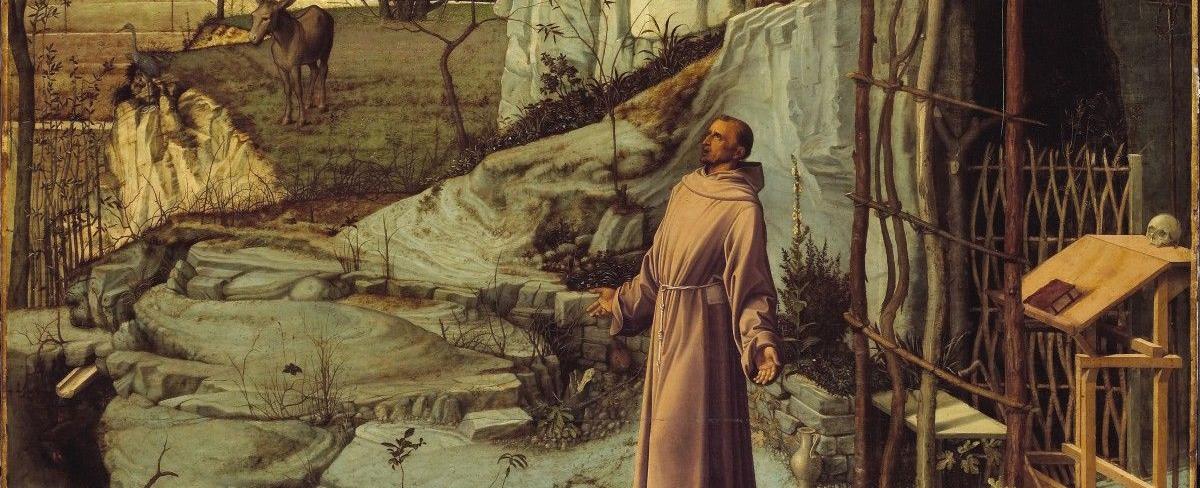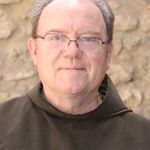The Five Lents of Francis

This blog continues our Lent 2021 series of reflections on the Franciscan Intellectual-Spiritual Tradition by a variety of women and men Franciscans.
The early sources about the life of Francis mention five “Lents.”
A Lent to prepare for Easter and for Christmas
For 40 days before Easter, Francis observed the “Great Lent,” what we know as Lent today.
Francis also observed a similar period of 40 days of fasting and prayer in preparation for Christmas, beginning after the Feast of All Saints on November 1. It was at the end of a Lent preparing for Christmas that Francis arranged for the display of the Nativity scene at Greccio.
Both Lents were observed by his brothers as well (Later Rule, Chapter 3).
A fast like Jesus’ in the desert
Francis also recommended a fast of 40 days after the Epiphany, January 6. On this day in Francis’ time, the Church celebrated the Baptism of the Lord (as well as the visit of the Three Kings), so Francis reasoned that Jesus began his fasting of 40 days in the desert on January 7.
A Lent in summer
In some years Francis also observed a Lent in summer, from the Feast of Saints Peter and Paul, June 29, patrons of the Church of Rome, until the Feast of the Assumption of the Blessed Virgin Mary (whom Francis calls “the virgin made church”), which occurs on August 15.
A Lent to honor Saint Michael
Finally, Francis observed out of personal devotion a Lent in honor of Saint Michael after the Assumption until September 29. It was during such a “Lent of Saint Michael” that Francis received the vision of the Seraph on the mountain of La Verna, followed by the appearance of the stigmata on his body.
During the Lent of Saint Michael at La Verna in the fall of 1224, Francis was accompanied by Brother Leo, with whom he prayed the Office, while spending most of the time in prayer alone.
Fasting, solitude, and prayer
We have indications from the early sources about how Francis observed these Lents: in fasting, solitude, and prayer.
One year Francis spent the “Great Lent” before Easter on an island in Lake Trasimeno, near Perugia. A fisherman rowed him out to the island, and Francis took with him just a little bread and asked to be brought back to shore at the conclusion of Lent.
During the Lent of St. Michael at La Verna in the fall of 1224, Francis was accompanied by Brother Leo, with whom he prayed the Office, while spending most of the time in prayer alone.
Early Franciscan spiritual practice
If these Lents are indicative of his usual practice each year, Francis would spend probably three and perhaps as many as five periods of about 40 days each in relative seclusion, dedicating himself to prayer and fasting in solitude, sometimes with one or other of the brothers, sometimes by himself. This would amount to about four months or as much as seven months a year in a secluded, contemplative way of life, frequently spent in the hermitages, a characteristic feature of early Franciscan spiritual practice.
Anxious to know the will of the Lord
Basically, Francis was creating the space and time to step apart and reflect on how God was asking him to deepen his commitment in terms of the ever-changing situation of his life. “When blessed Francis stayed constantly in a place to pray . . . he was always anxious to know the will of the Lord, about how he could please him better” (Assisi Compilation, 118).
William J. Short, OFM
Professor, Franciscan School of Theology & Director of the Collegium S. Bonaventurae—Frati Editori di Quaracchi
William J. Short, OFM, is a Franciscan friar of the St. Barbara Province (USA) and professor of Christian spirituality at the Franciscan School of Theology at the University of San Diego and director of the Collegium S. Bonaventurae—Frati Editori di Quaracchi. Born in Seattle, WA, he received his education at the University of San Francisco (BA), the Franciscan School of Theology/Graduate Theological Union (MA), and the Pontifical Gregorian University (STL, STD). He has collaborated with Wayne Hellmann, OFM Conv, and Regis Armstrong, OFM Cap, in the 3-volume series Francis of Assisi: Early Documents and with Christopher Stace on the English edition of the Book of Conformities of Bartholomew of Pisa.

